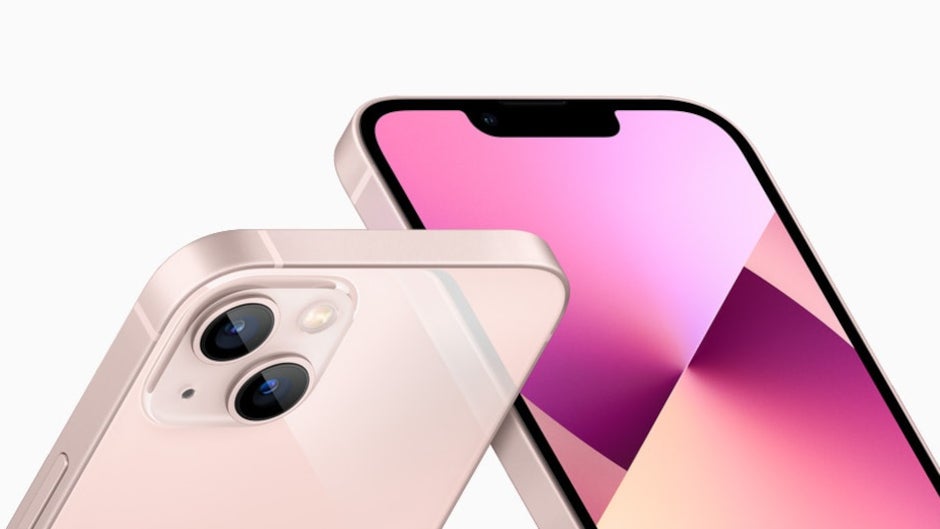Top analyst says iPhone has 10 years left before it is replaced by AR

TF International's reliable Apple analyst Ming-Chi Kuo sent out a note to clients with some very interesting information, according to 9to5Mac. And because it was written by Kuo, the chances are that what the report predicts will happen will indeed come true. So let's get started.
Reliable analyst says that the iPhone has 10 more years of life left before it is replaced
Kuo's note contained a couple of newsworthy comments. First, he says that the iPhone has 10 more years of life before Apple replaces it with a product focused on augmented reality (AR). The latter uses overlays on top of a real-world image and is something that Apple CEO Tim Cook has said that he is enamored with as a technology.

Kuo says that Apple will unveil its mixed reality headset in Q4 of 2022
The Apple iPhone was first introduced to the world by then Apple CEO Steve Jobs on January 9th, 2007. Looking back at the impact that the iPhone had, it literally changed the world with its touchscreen and operating system. It would be fair to say that the smartphone industry would never have evolved the way it did without the iPhone.
Kuo writes in his note about the iPhone's future that the company has a goal to replace the iPhone in 10 years with some kind of AR product. Kuo adds that based on demand for Ajinomoto Build-up Film (ABF), which is a substrate used to connect the components of complex processors, Apple plans on selling one billion units of the AR-based iPhone replacement in starting in 10 years, which makes sense since there are one now billion active iPhone users.
As Kuo states, "Currently, there are more than one billion active iPhone users. If Apple’s goal is to replace the iPhone with AR in ten years, it means Apple will sell at least one billion AR devices in ten years." The analyst notes that Apple will still have to make the decision whether it wants AR to replace the iPhone in a decade. If so, he says that the new product will have to work with a wide range of applications instead of just specific apps.
Kuo adds that "If the AR headset is positioned only as an accessory for the Mac or iPhone, it will not be conducive to the growth of the product. An AR headset that works independently means that it will have its own ecosystem and provide the most complete and flexible user experience."
9to5Mac also got a look at Kuo's note and said that it also has some details about Apple's rumored mixed reality (AR/VR) headset. Kuo writes that the device will be unveiled in 2022 "with the same computing power level as the Mac." Equipping its headset with a powerful processor will be the big differentiator between Apple's mixed-reality device and the competition's.
Kuo also believes that the first generation model will work without requiring it to link to the iPhone for off-device processing, (like the OG Apple Watch did) and that not being tied to the iPhone will go a long way toward the overall success of the product. Kuo wrote in his note that the headset "has Mac-level (PC-level) computing power, (2) it can operate independently without relying on a Mac (PC) or an iPhone (phone), and (3) it supports a comprehensive range of applications rather than specific applications."
Apple's mixed reality headset will use two processors
The analyst says he believes Apple will introduce this product during the fourth quarter of 2022 and it will feature a pair of processors. "The higher-end processor will have similar computing power as the M1 for Mac," he says, "whereas the lower-end processor will be in charge of sensor-related computing."
Kuo expects the headset to sport two Sony 4K micro OLED displays, which to him is a sign that the headset will support not only AR but VR as well. Virtual reality is a simulation that can be similar or different from the real world.
In his note, Kuo explains how complex the headset is expected to be. He states, "Apple’s AR headset requires a separate processor as the computing power of the sensor is significantly higher than that of the iPhone. For example, the AR headset requires at least 6-8 optical modules to simultaneously provide continuous video see-through AR services to users. In comparison, an iPhone requires up to 3 optical modules running simultaneously and does not require continuous computing."
Follow us on Google News














Things that are NOT allowed:
To help keep our community safe and free from spam, we apply temporary limits to newly created accounts: